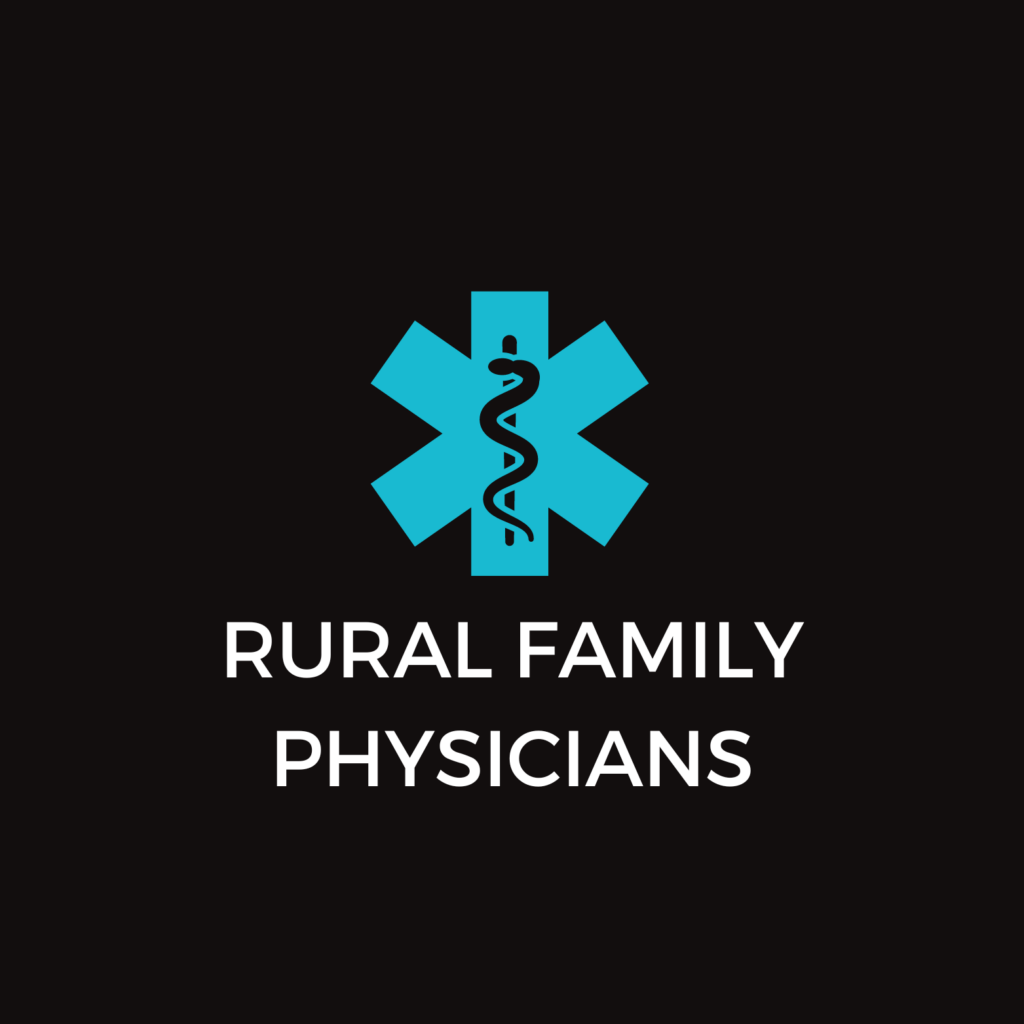Community Tools Are Available to Combat the Higher Rates of Childhood Obesity In Rural Areas
0 Comments
The Altarum Institute, a nonprofit health-systems research and consulting organization, reported today that children living in rural areas are about 25 percent more likely to be overweight or obese than children in urban areas. Rural communities have come up with several strategies to battle childhood obesity.
According to Sarah Lifsey and Karah Mantinan of the Altarum Institute, studies have found that there is little open public space in rural areas, often because of a lack of a strong government to provide and maintain such public spaces. They also cite research showing that rural children are also at increased risk of poverty compared to children in cities or suburbs, and face lower access to healthcare, lower levels of physical activity and lower-quality food. Many rural families who lack access to fresh and healthy foods live in “food deserts,” Studies have found poverty and childhood obesity are more likely in rural food deserts.
Tools are available to help with this planning such as the Rural Active Living Assessment Tools, developed by the Robert Wood Johnson Foundation. Other resources include the Rural Assistance Center, funded by the U.S. Department of Health and Human Services Rural Initiative, which features a Rural Obesity Prevention Toolkit developed by the Nutrition Obesity Research Center’s Walsh Center for Rural Analysis, as well as a resource guide for rural areas developed by the University of North Carolina’s Active Living by Design.
Read the article in the Lane Report.



